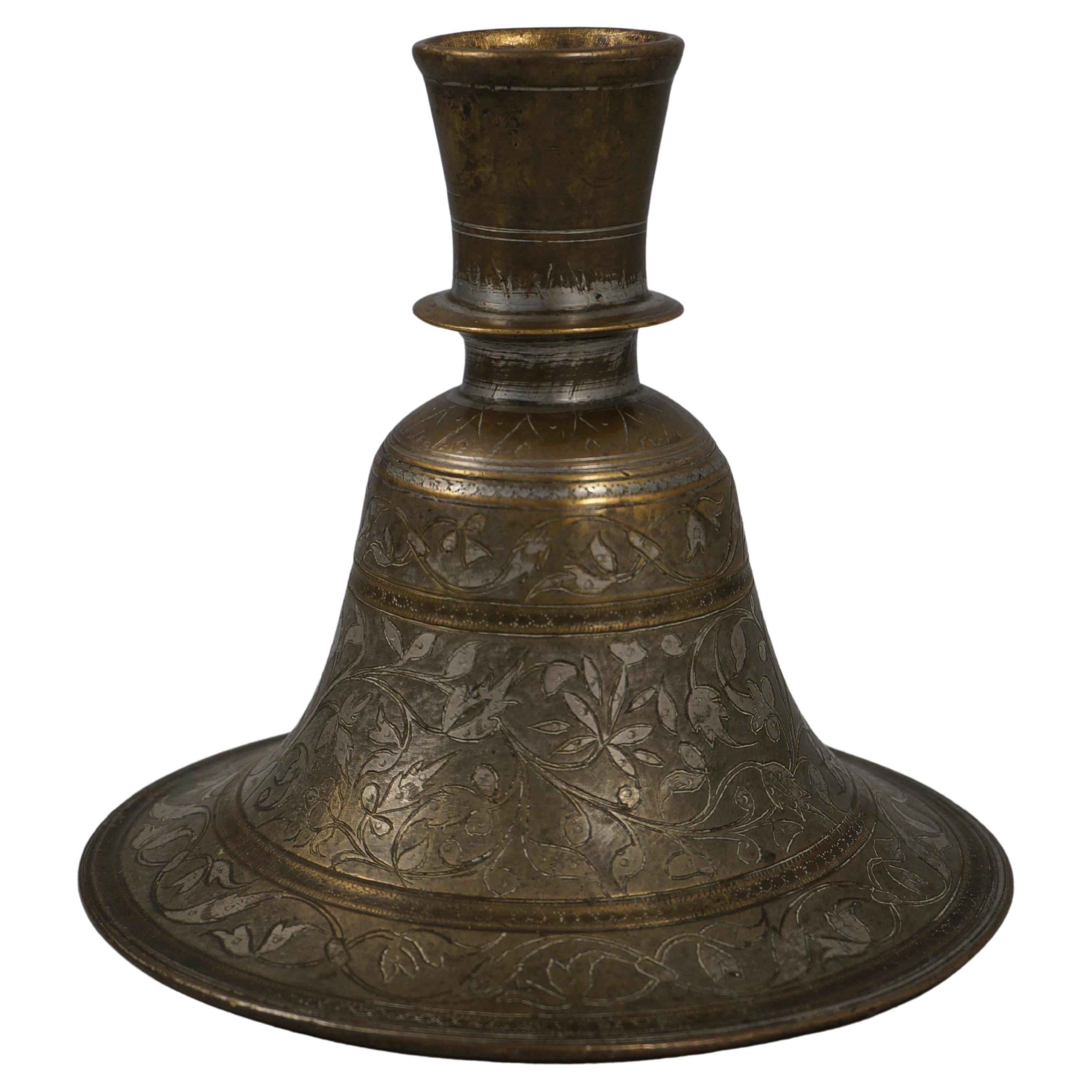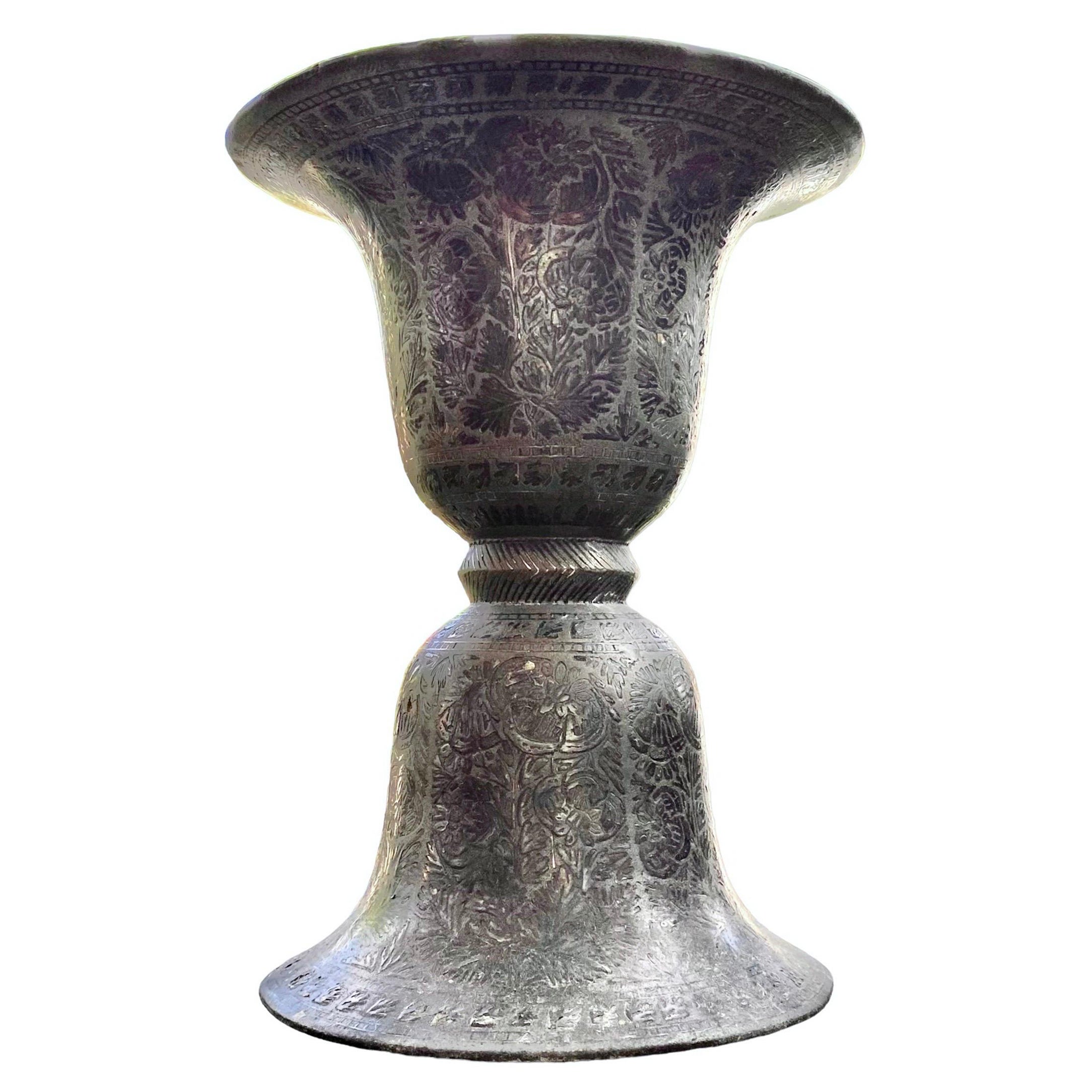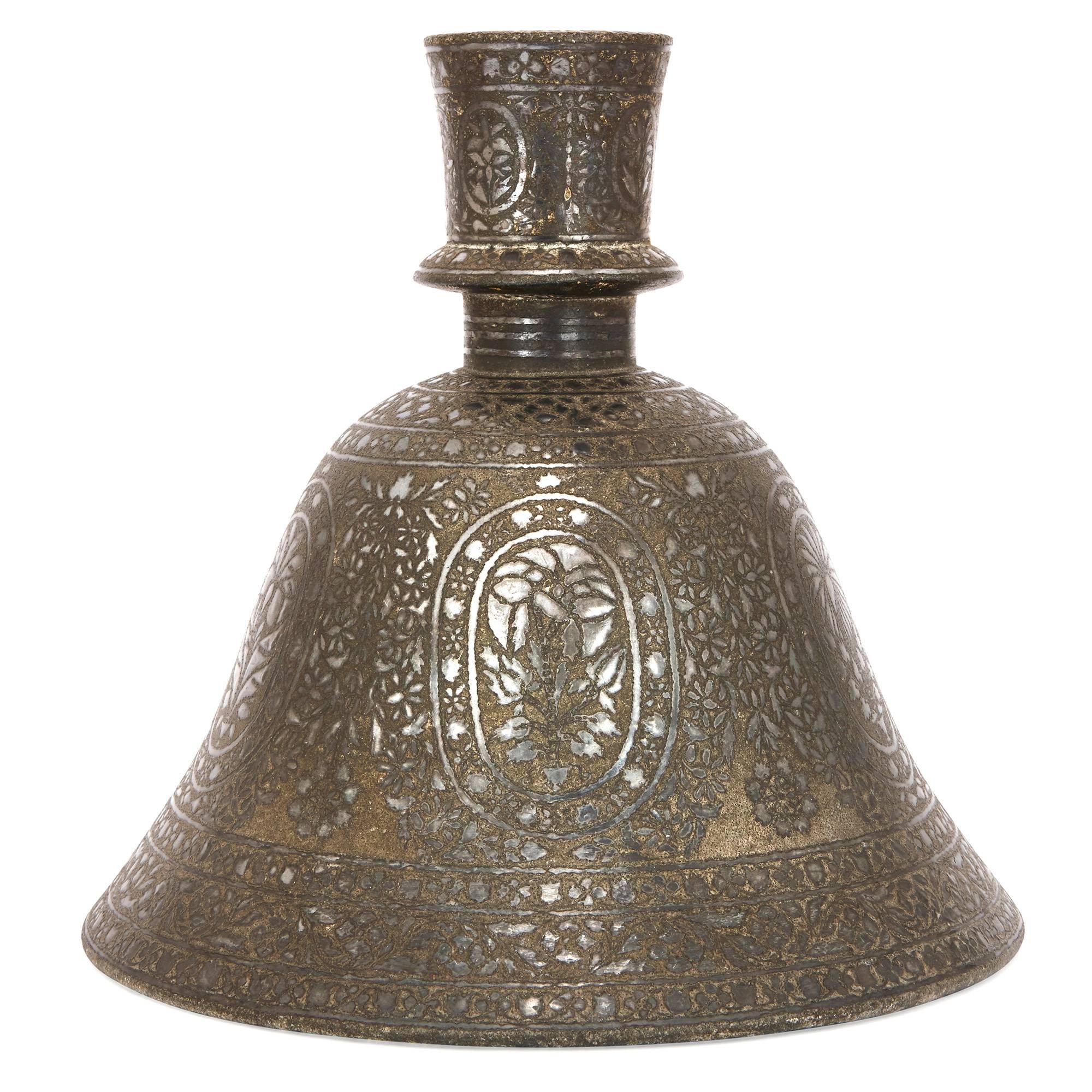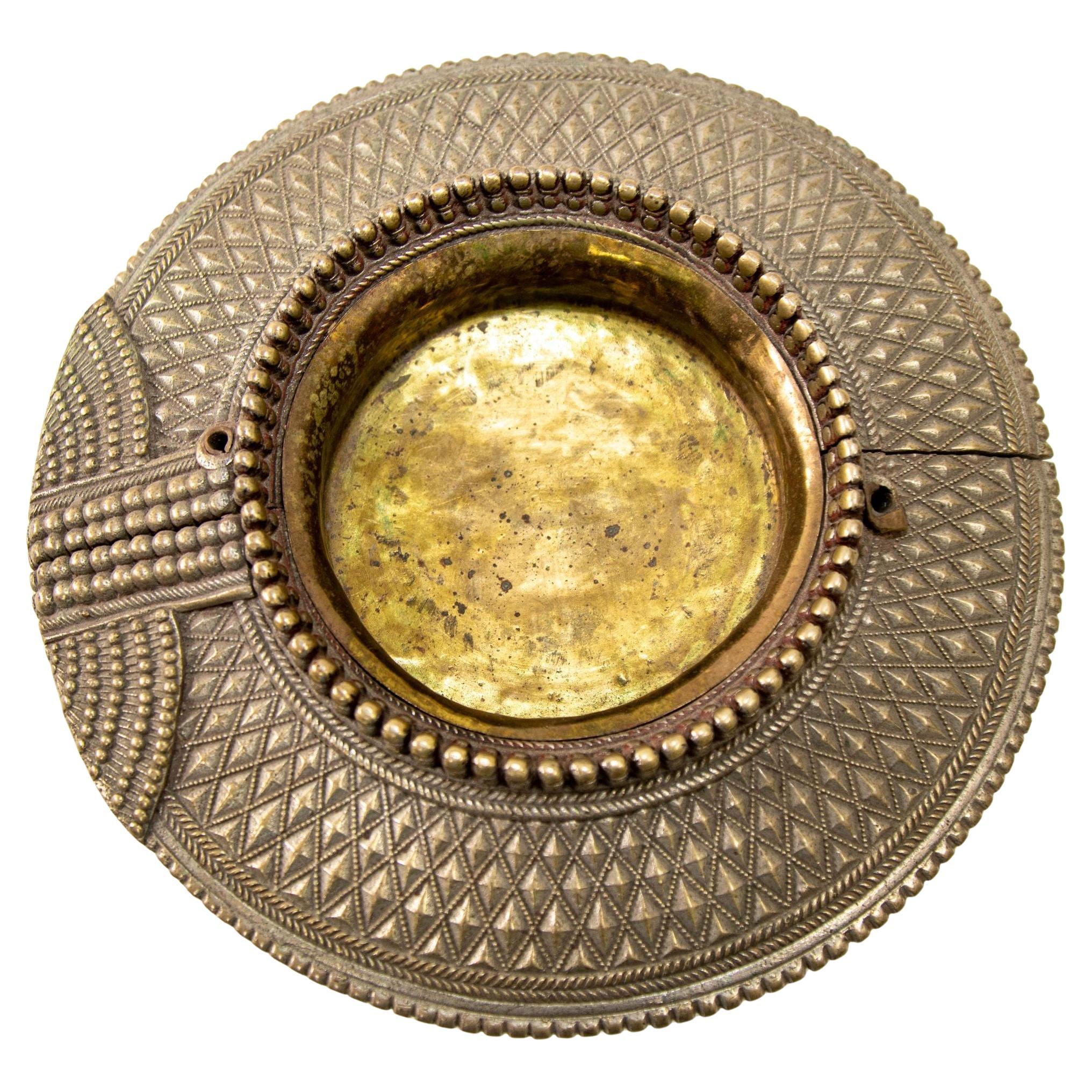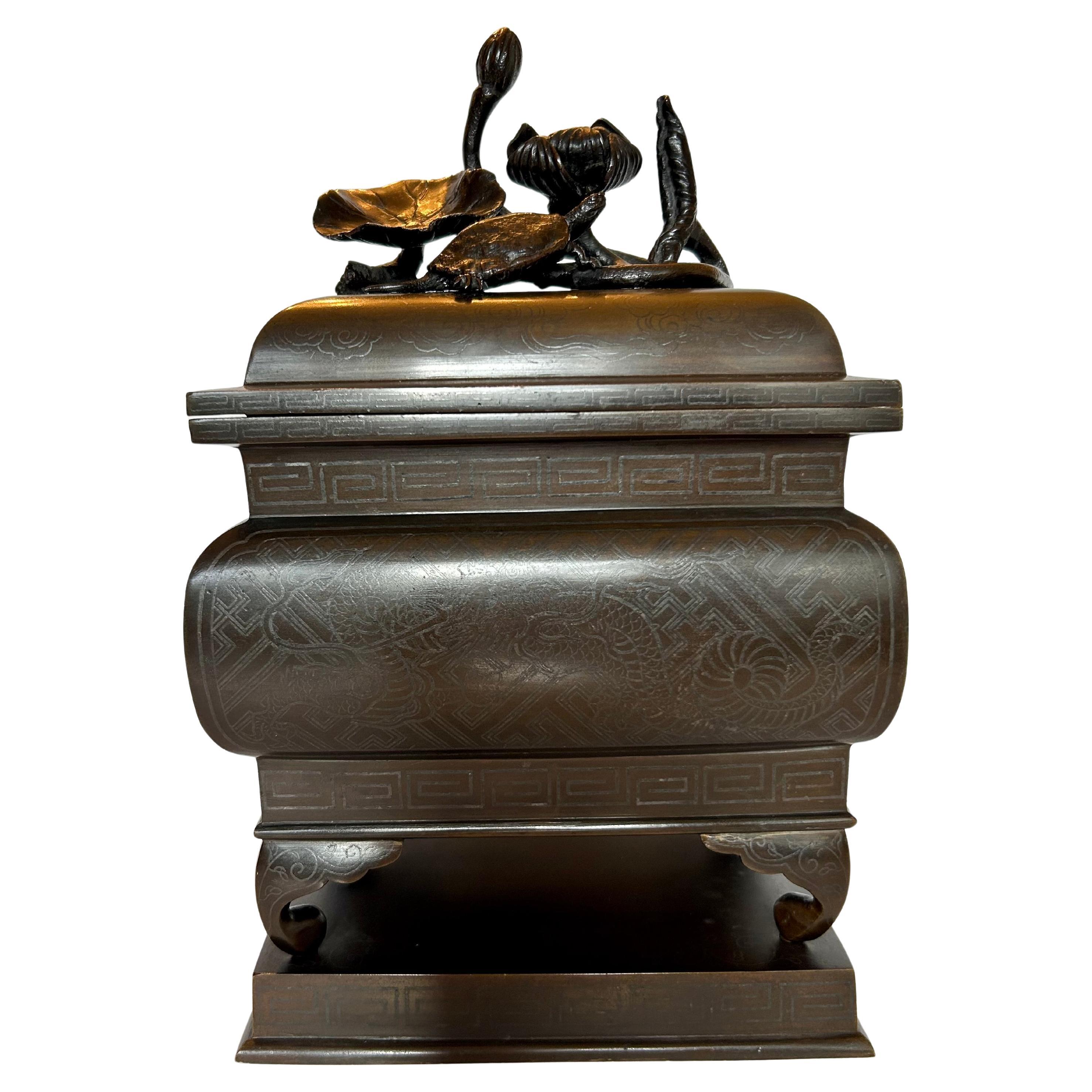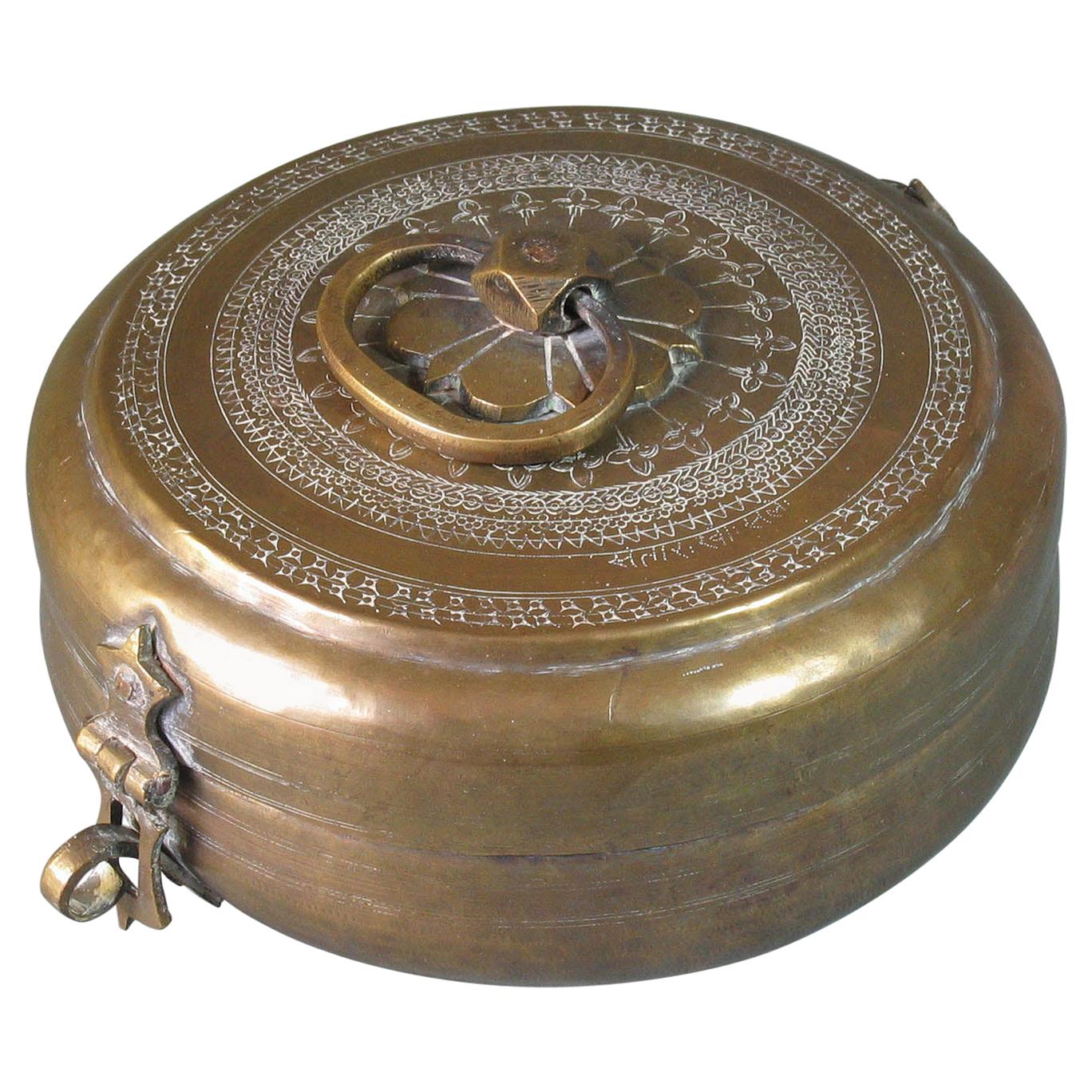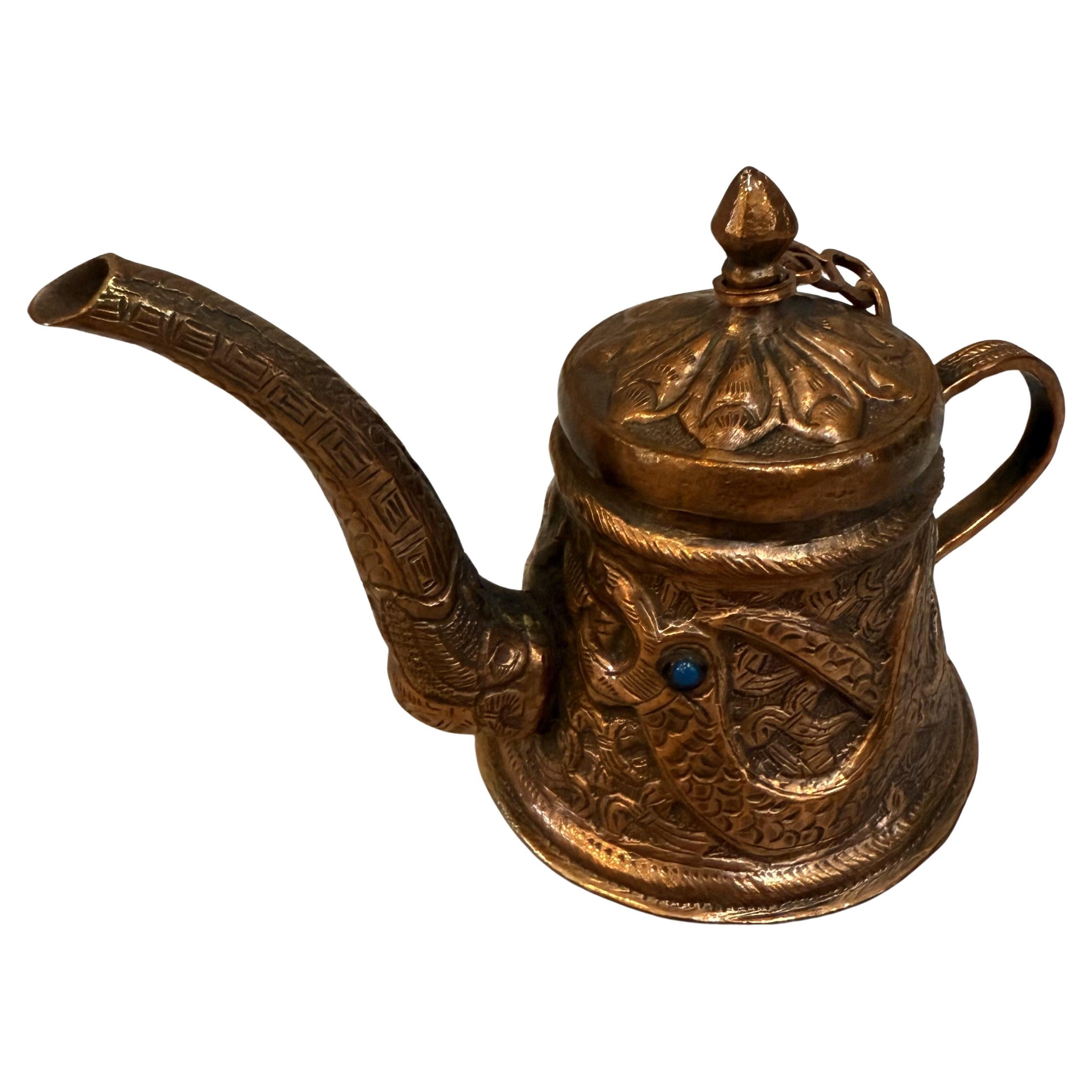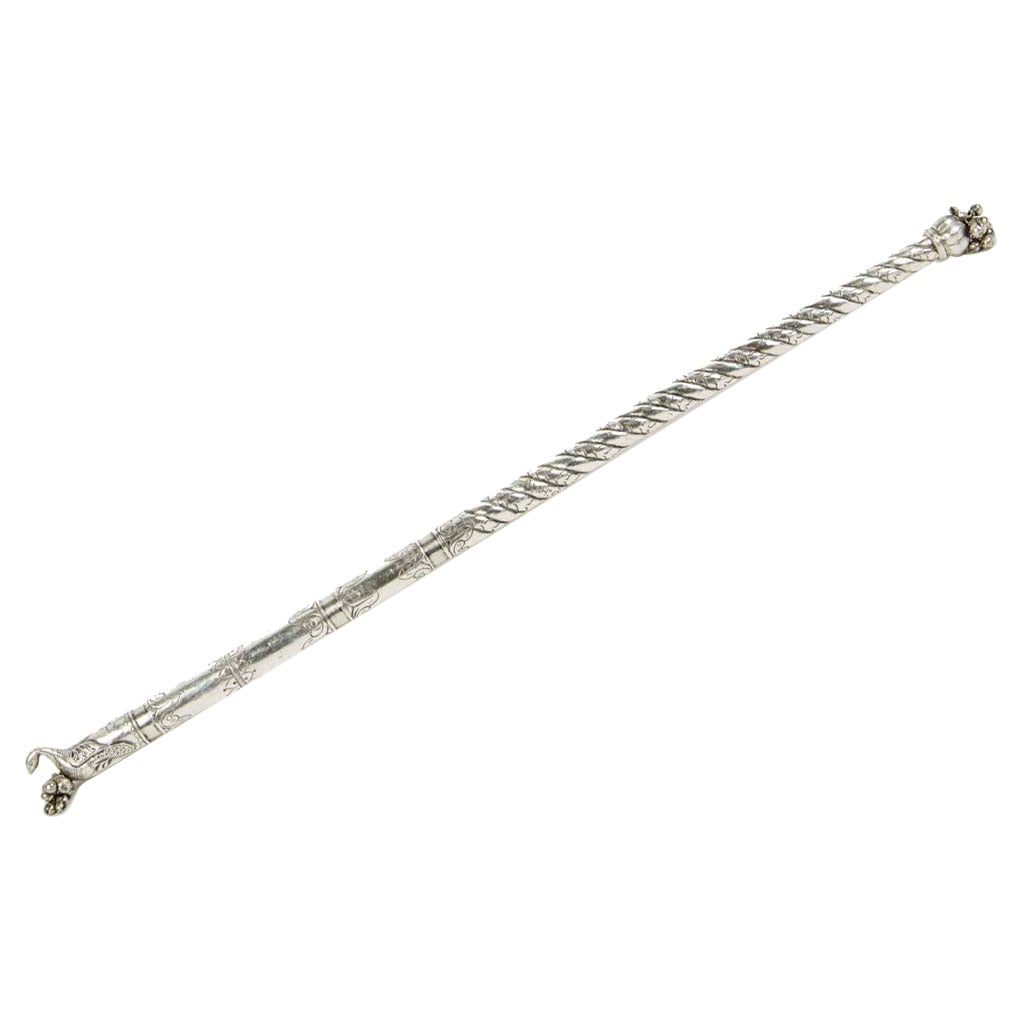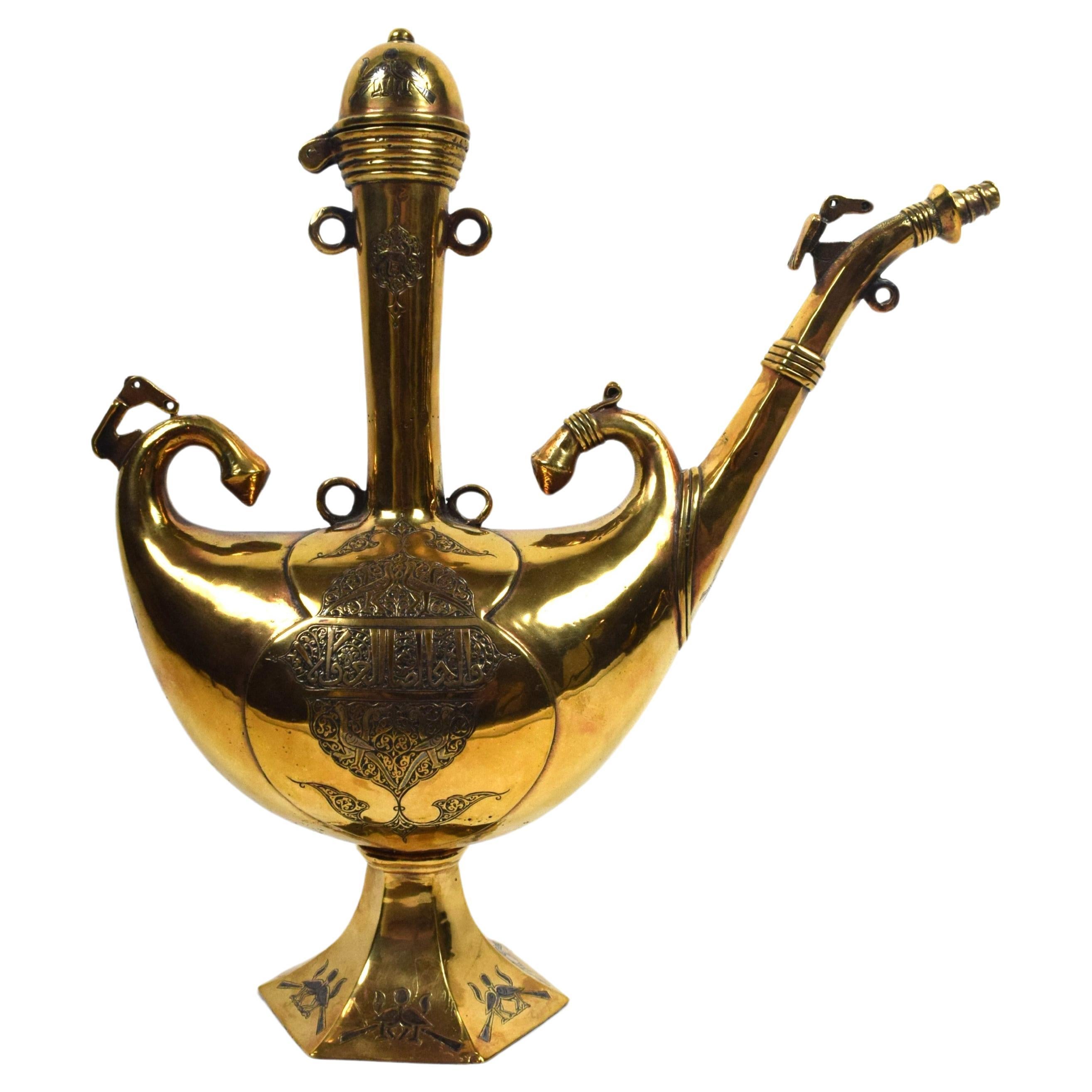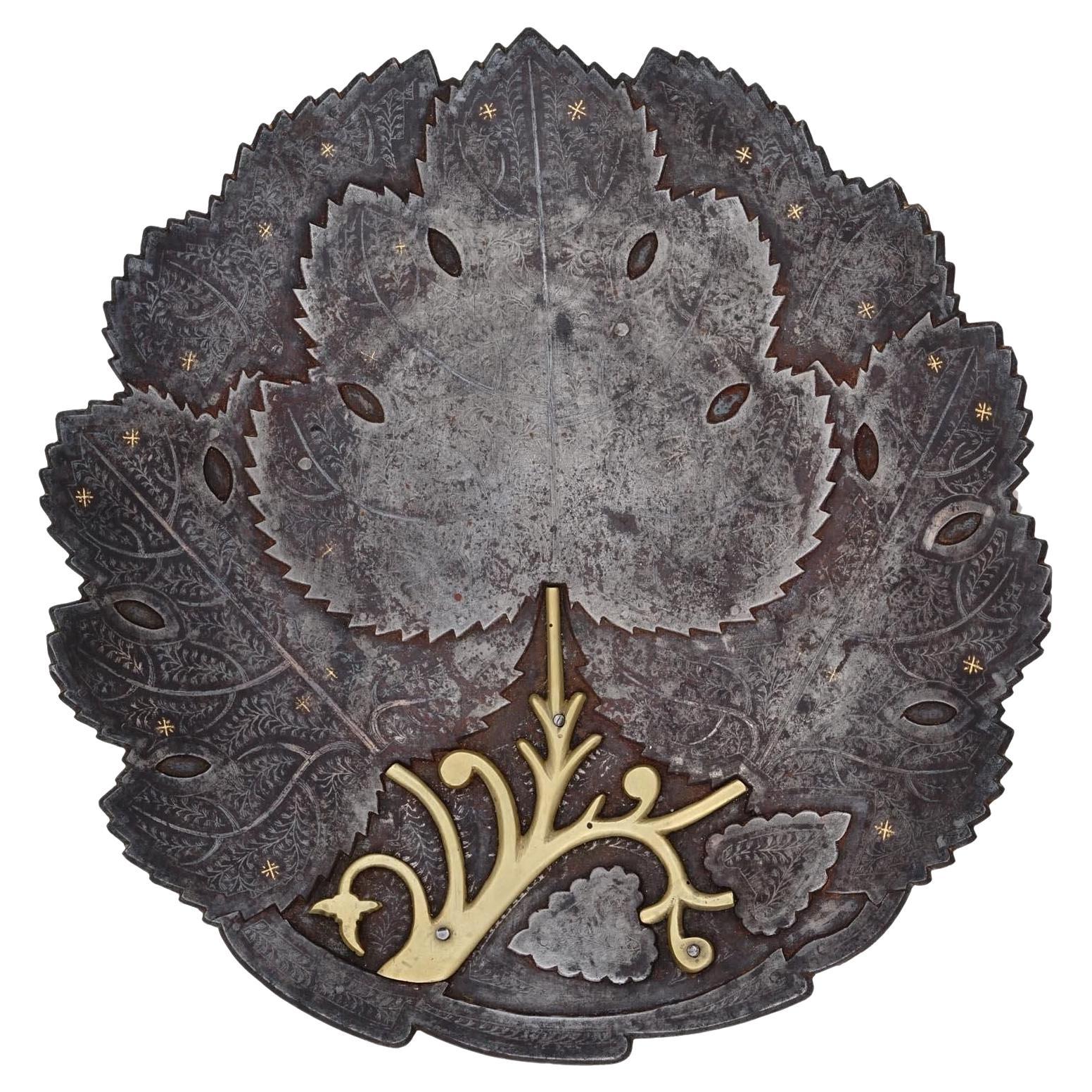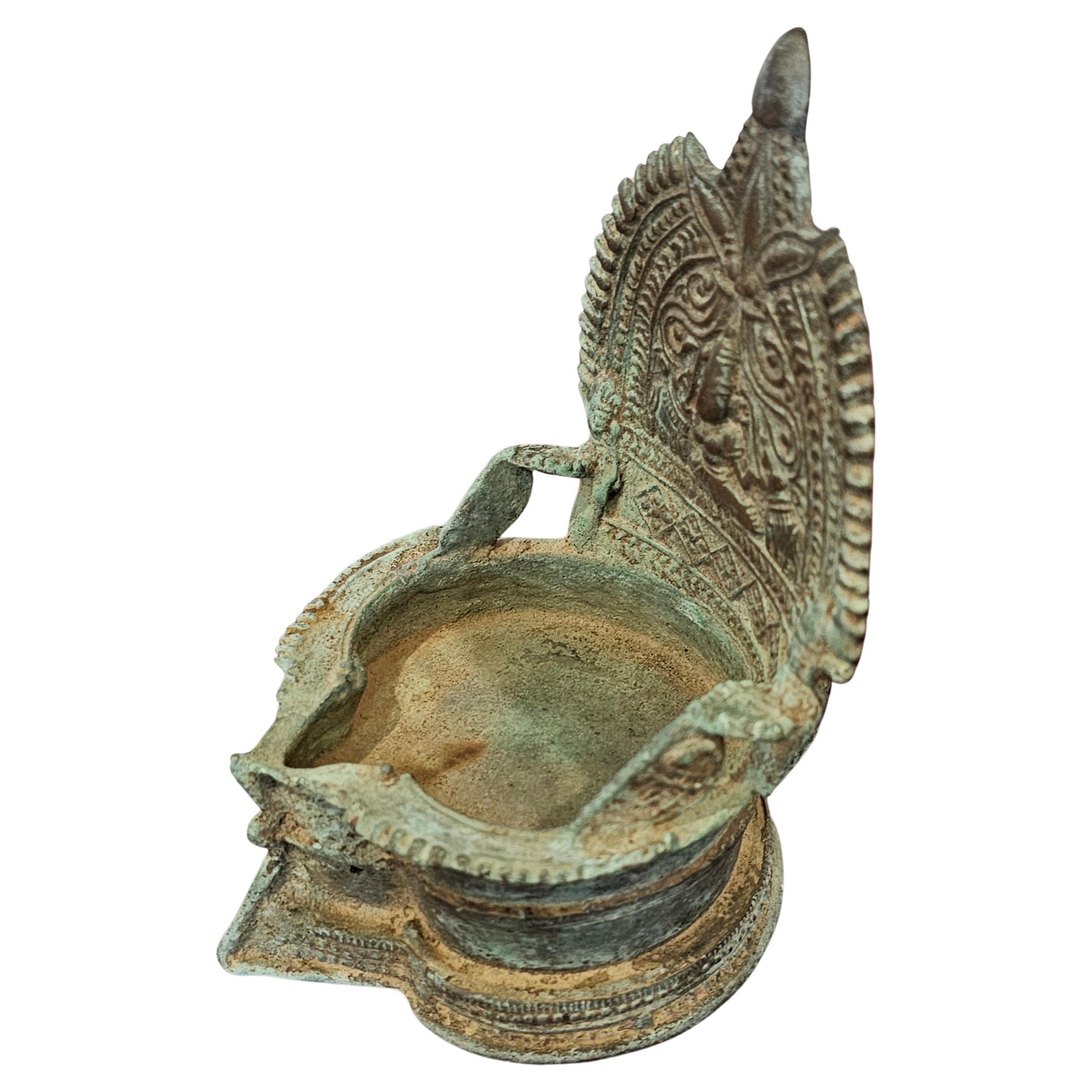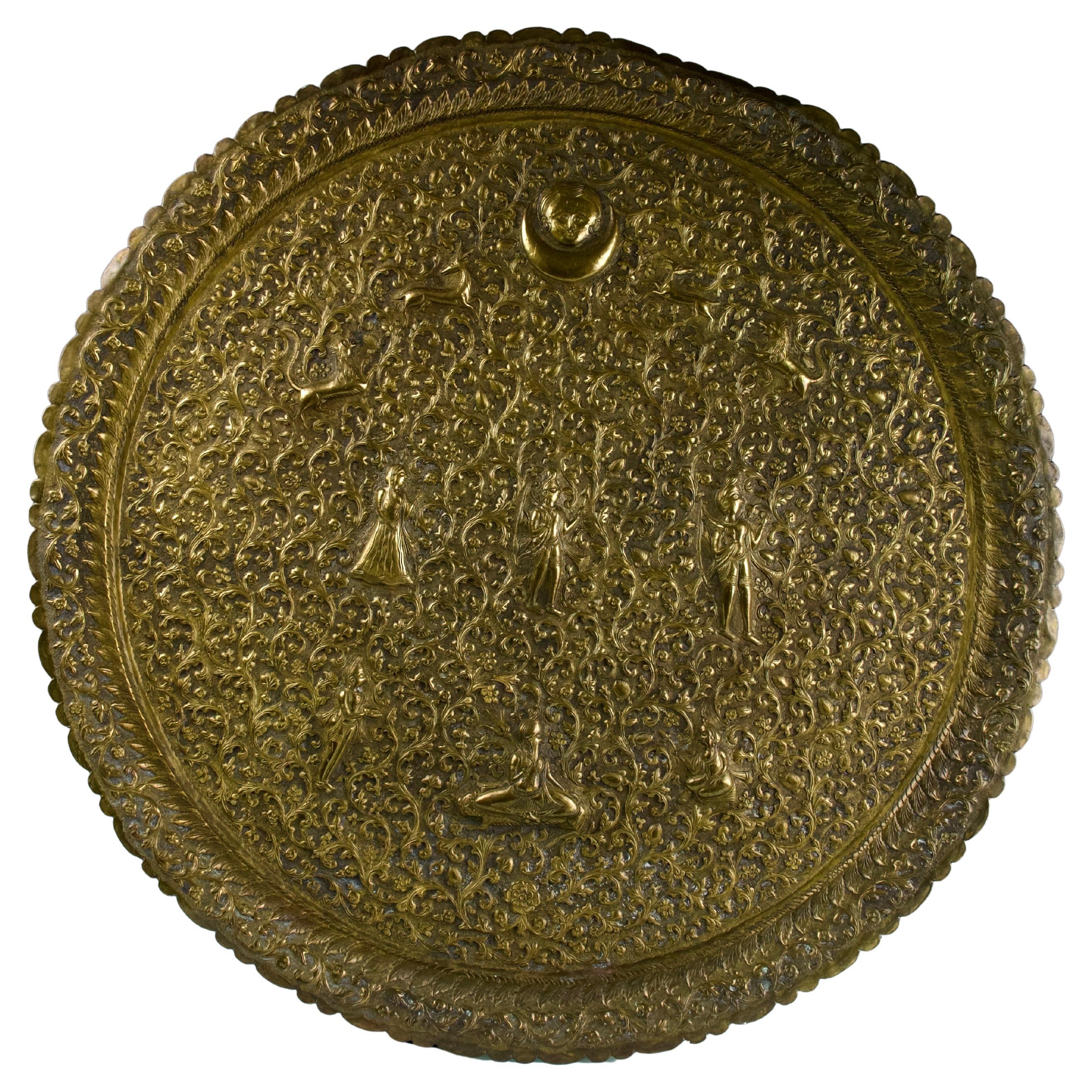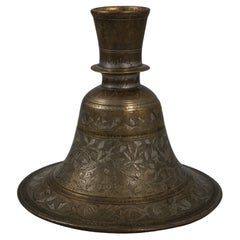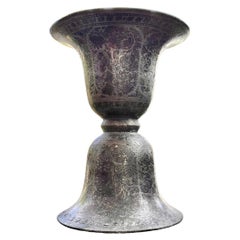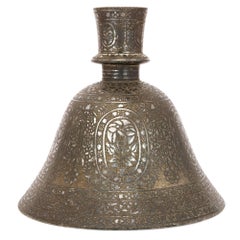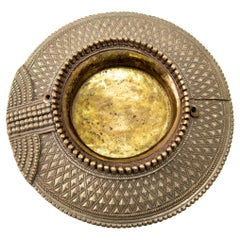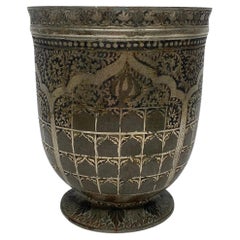
Bidri silver inlaid mortar, India, 19th Century
View Similar Items
1 of 7
Bidri silver inlaid mortar, India, 19th Century
About the Item
Authenticity Guarantee
In the unlikely event there’s an issue with an item’s authenticity, contact us within 1 year for a full refund. DetailsMoney-Back Guarantee
If your item is not as described, is damaged in transit, or does not arrive, contact us within 7 days for a full refund. Details24-Hour Cancellation
You have a 24-hour grace period in which to reconsider your purchase, with no questions asked.Vetted Professional Sellers
Our world-class sellers must adhere to strict standards for service and quality, maintaining the integrity of our listings.Price-Match Guarantee
If you find that a seller listed the same item for a lower price elsewhere, we’ll match it.Trusted Global Delivery
Our best-in-class carrier network provides specialized shipping options worldwide, including custom delivery.You May Also Like
Antique Bidriware Bidri Silvered Bronze Hookah base, India 19th c.
Located in Gorssel, GE
Indian Bidri Hookah Base, decorated with floral patterns and folliage.
India, Bidri ware, 19th century.
In fairly good condition, worn due to age (see images).
Dimensions: 16 cm. ...
Category
Antique 19th Century Indian Metalwork
Materials
Bronze
$520 Sale Price
47% Off
Indian Mughal Silver Inlaid Bidri Spittoon
Located in New Orleans, LA
This antique, Indian bidri spitoon (Peekdaan or Thookadaan) is cast as an opposing double bell-shape, with the exterior decorated with oval reserves of stylized, poppies, a common mo...
Category
Antique 18th Century Indian Tribal Metalwork
Materials
Silver Plate, Brass
$180 Sale Price
60% Off
19th Century Indian Bidri Metal Hookah Base
Located in London, GB
This fascinating piece dates from the 19th century in India, where it was used as a water base for a hookah, or shisha pipe. In traditional hookah smoking, the base of the pipe is no...
Category
Antique 19th Century Indian Metalwork
Materials
Metal
19th Century Mughal India Raj Style Silver Traditional Anklet Bracelet Catchall
Located in North Hollywood, CA
Late 19th century Mughal Indian Raj Style Silvered Traditional Anklet Bracelet from India repurposed as a vide poche, catchall, bowl ashtray or just as a beautiful collectible decorative object from India.
Antique silver coin and brass heavy metal Dhokra ethnic tribal ankle bracelet that has been repurposed with a brass inner plate that was later added to use the bracelet as a small ashtray or decorative vanity jewelry bowl.
The closure was a push pin mechanism that was closed.
Dhokra art old ethnic tribal brass traditional ankle bracelet from India, handcrafted of a hollow band of heavy brass decorated with chevron repoussé banding and lost wax granulation.
Measures: Height : 1.5 inches.
Length : 7.5 inches.
Width : 7.5 inches.
Diameter: 7.5 inches
Brass silver plated.
Rare collectible decorative bowl, catchall, ashtray, Mughal Raj style, North India, Rajasthan.
Circa 1900's
Weight= 2 Lb 6.9 oz
Anklets were important components in a suite of jewels worn by women in India. These very heavy examples are fabricated in two pieces, and tightly secured with a near-invisible pin. Some legends suggest that heavy anklets like these could weigh up to 20 pounds and were used to prevent brides from running away from their new families.
How it is made: "Dhokra is an ancient folk art tradition prevalent in India in the eastern states of West Bengal, Odisha, Jharkhand and Chhattisgarh. Dhokra craft objects are made through the process of non-ferrous metal casting using the lost-wax casting technique, which is one of the earliest and most advanced methods of metal casting known to human civilization. Its roots can be traced back 4500 years to the ancient city of Mohenjodaro in the Indus Valley Civilization. The name Dokra or Dhokra was used to indicate a group of craftsmen of nomadic type from the Dhokra Damar tribe, scattered over the regions of Bengal, Orisa and Madhya Pradash, whose wares were identified by their beautifully shaped and decorated metal products. The enchanting Dhokra art objects have motifs inspired by indigenous folk...
Category
Antique Early 1900s Indian Islamic Metalwork
Materials
Silver Plate, Brass
Japanese Silver Inlaid Bronze Incense Burner, 19th Century
Located in Toronto, CA
This is a wonderful Japanese, silver inlaid, solid Bronze incense burner from the late 19th century or early 20th century.
The removable lid features beautiful modelling of a small ...
Category
Antique Late 19th Century Japanese Chinese Export Metalwork
Materials
Silver, Bronze
$1,040 Sale Price
20% Off
Large Brass Pandan Box, North India, 19th Century
Located in Ottawa, Ontario
A large brass pandan box
North India, 19th century
The body with rounded profile and hinged raised lid
with engraved and punched decoration
centering ...
Category
Antique Late 19th Century Indian Anglo-Indian Decorative Boxes
Materials
Brass
Recently Viewed
View AllMore Ways To Browse
India Urn
Bidri Art
Tibetan Travelling Buddha Shrine
Turkish Copper Bowl
Antique Katar
Bronze Koi Vase
Cast Iron Tea Kettle
Chinese Foo Dogs Cloisonne
Cloisonne Dragon Plate
Gold Islamic Dagger
Indian Katar
Indian Mughal Brass Plate
Japanese Cast Iron Kettle
Japanese Singing Bowl
Money Toad
Persian Dagger
Vintage Brass Singing Bowl
Asian Horse Cloisonne
